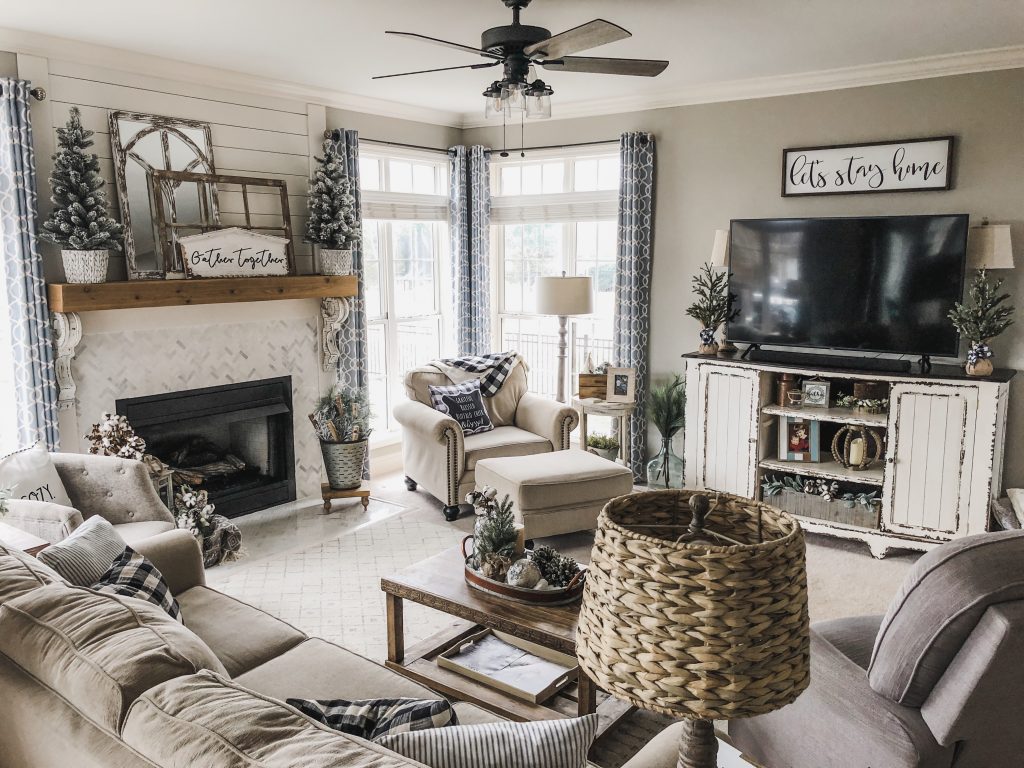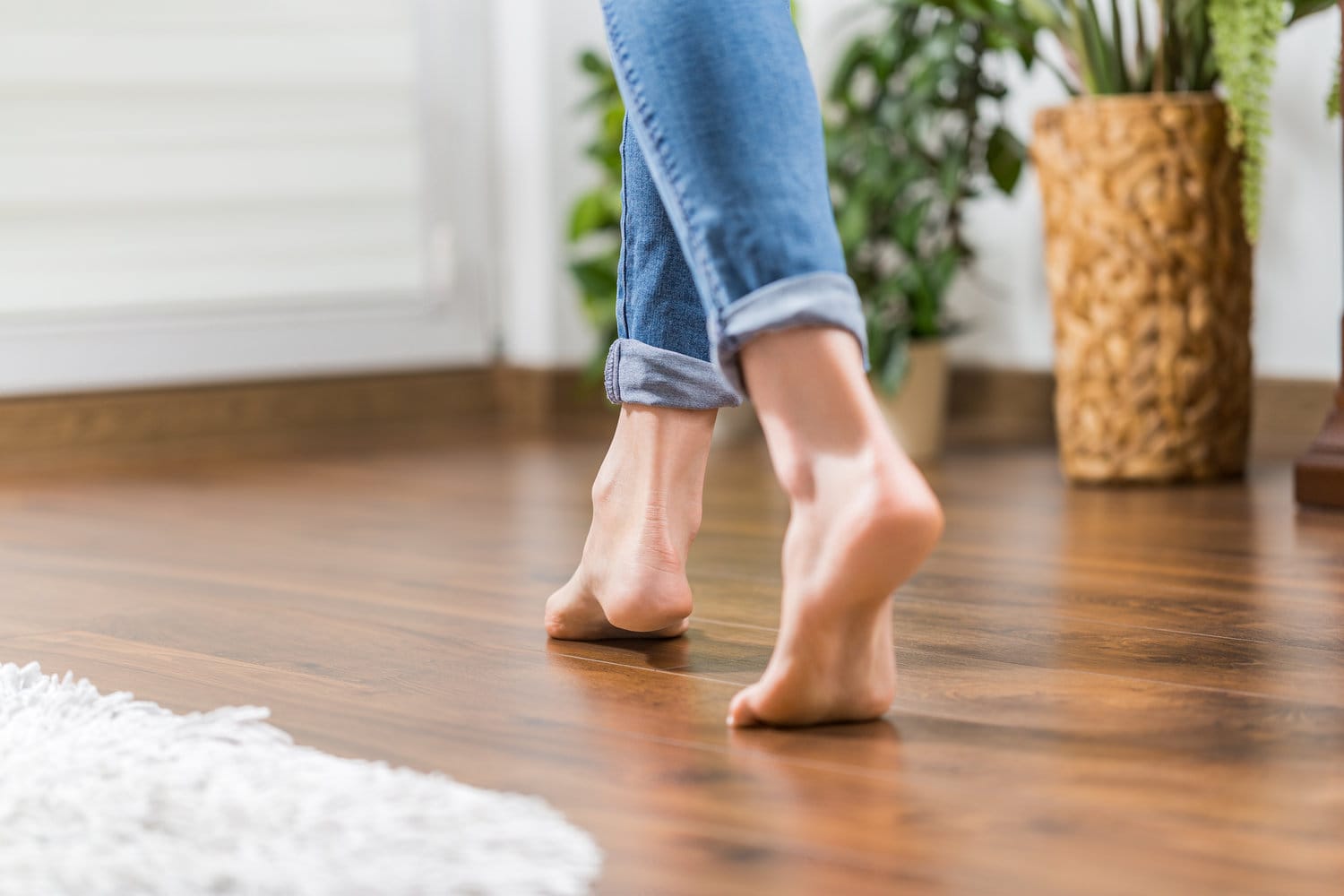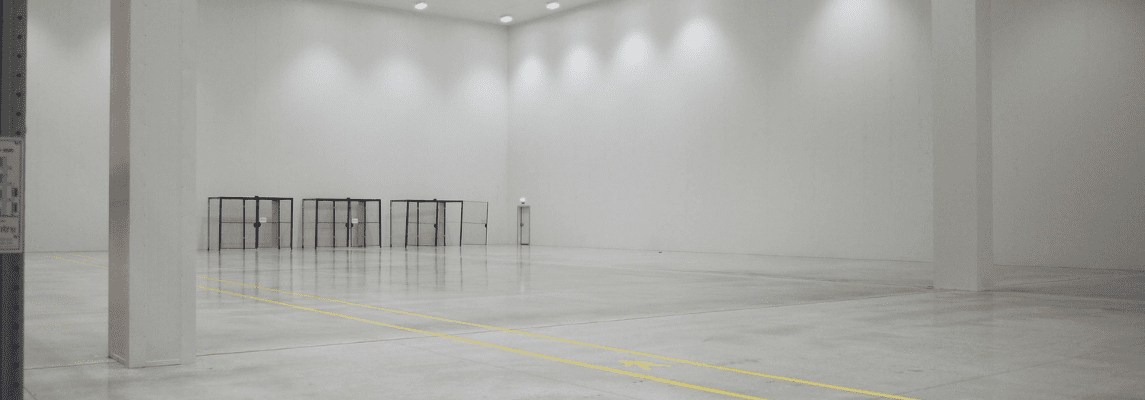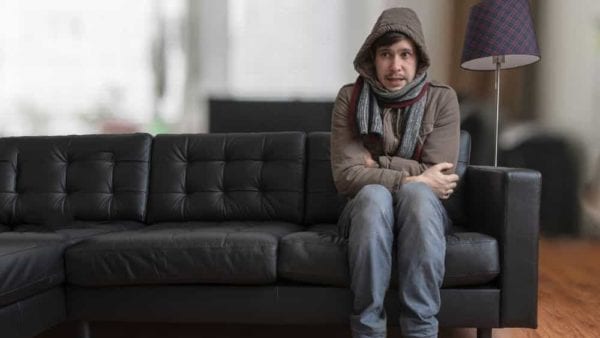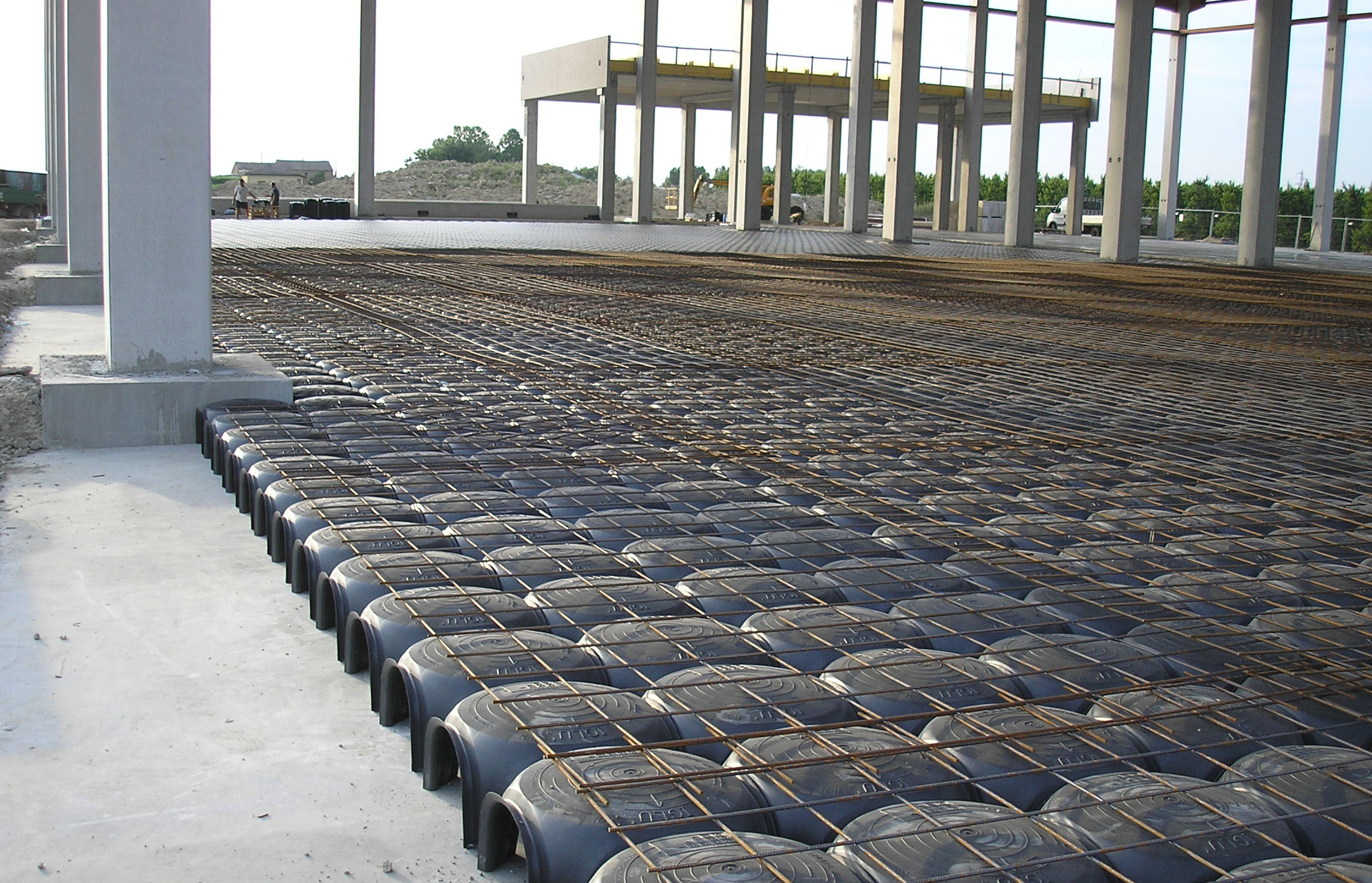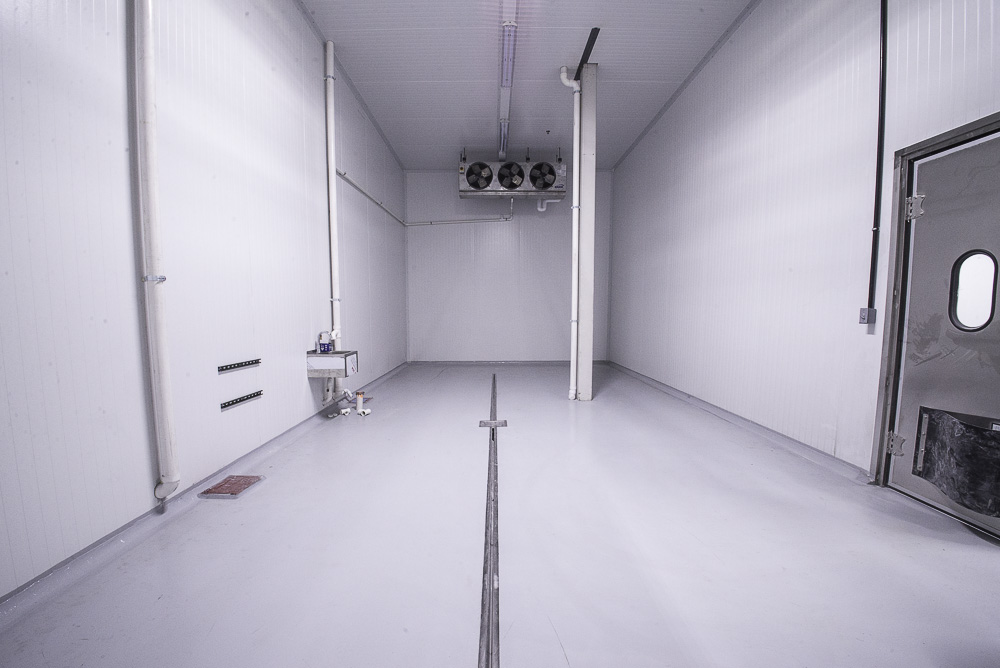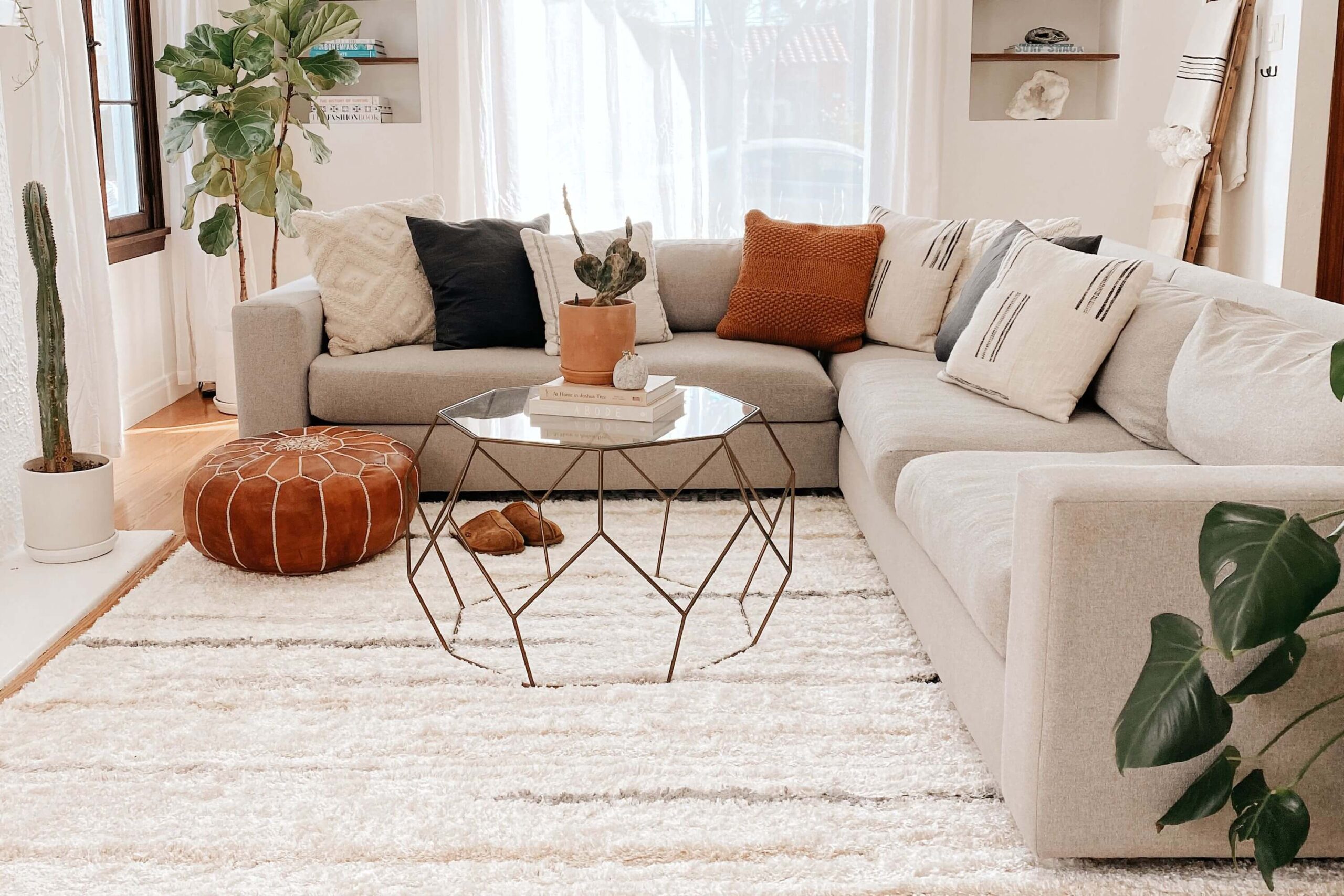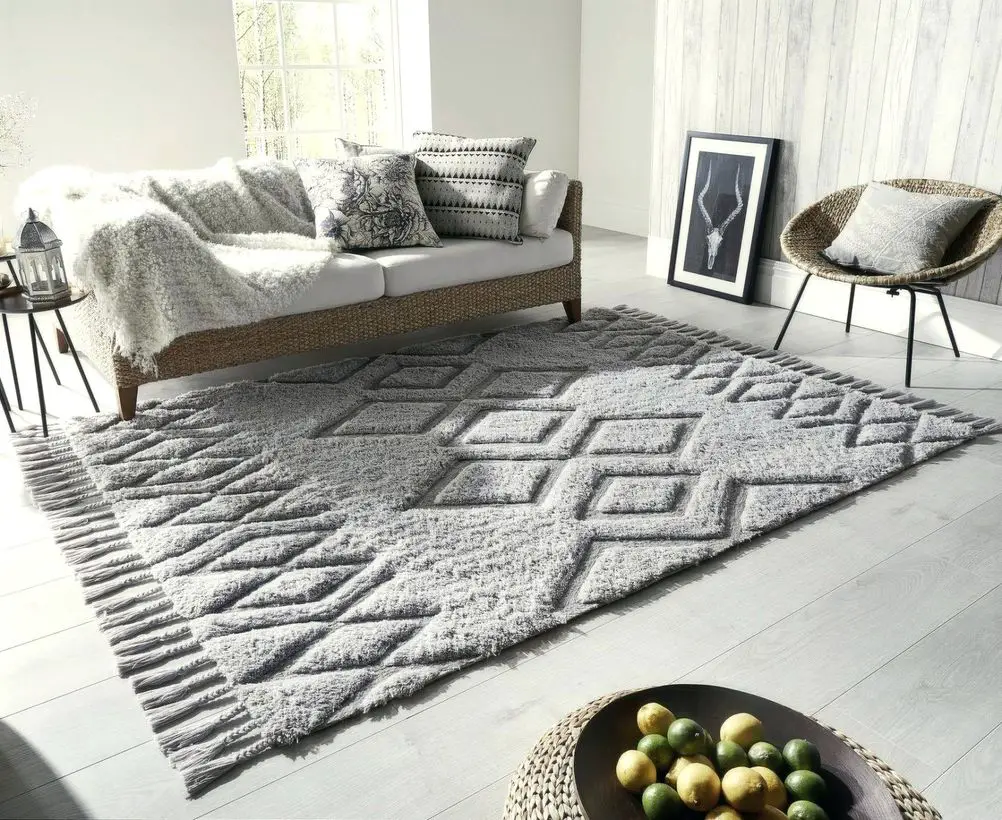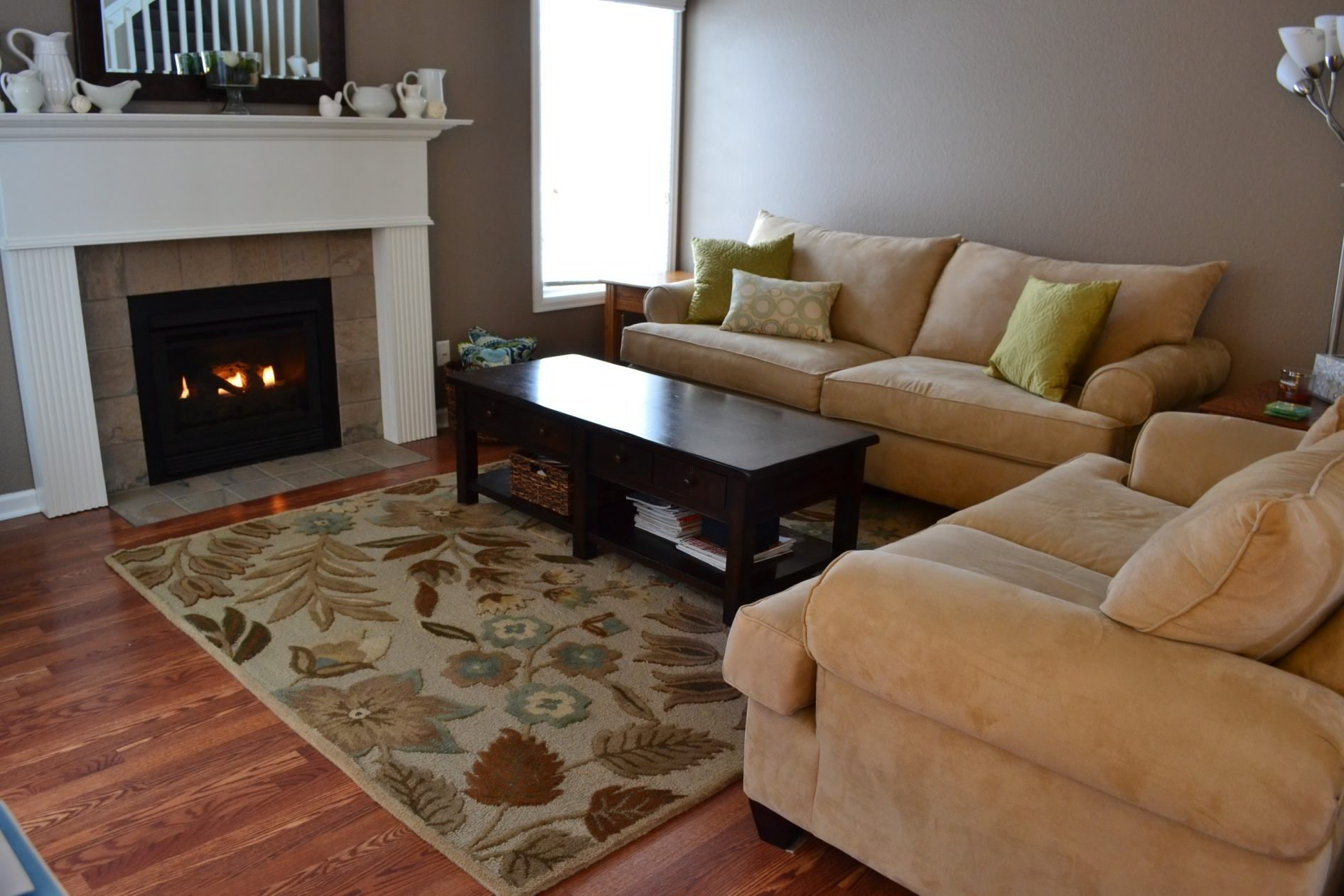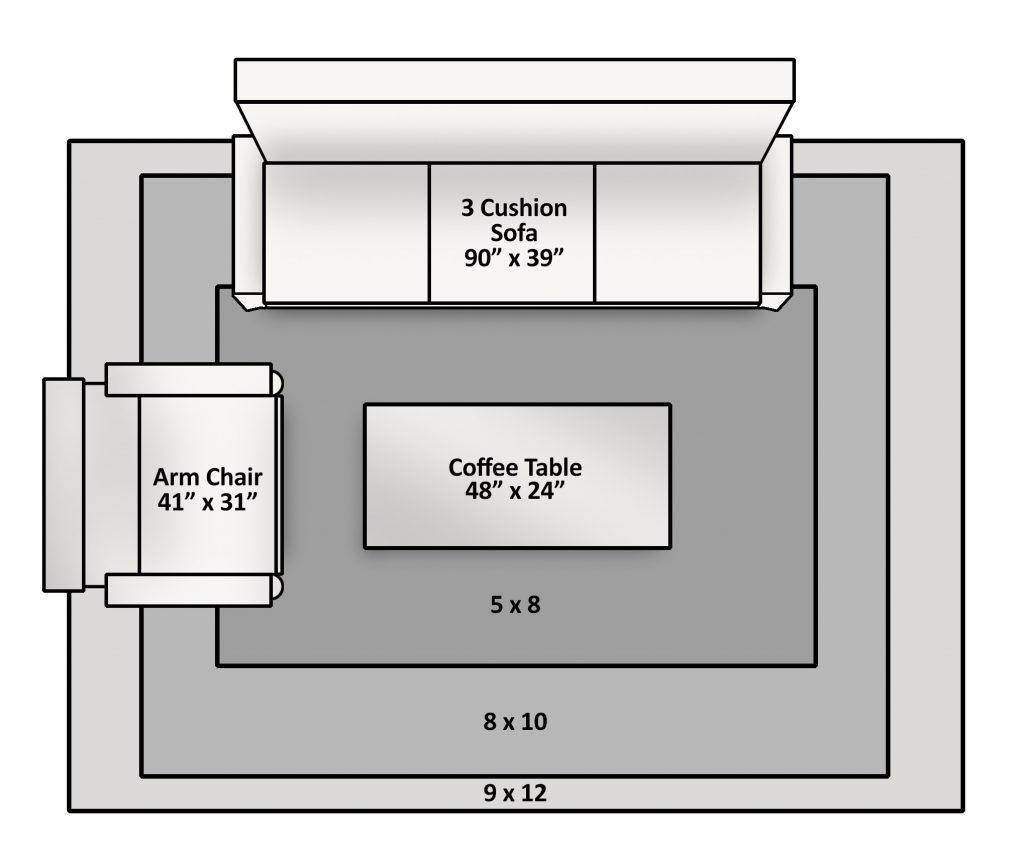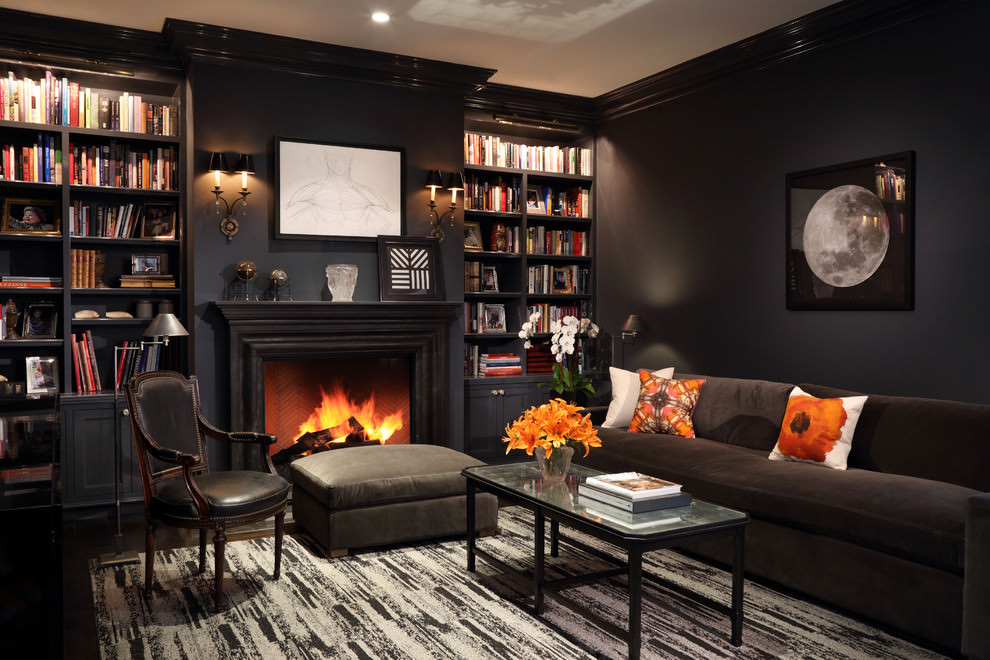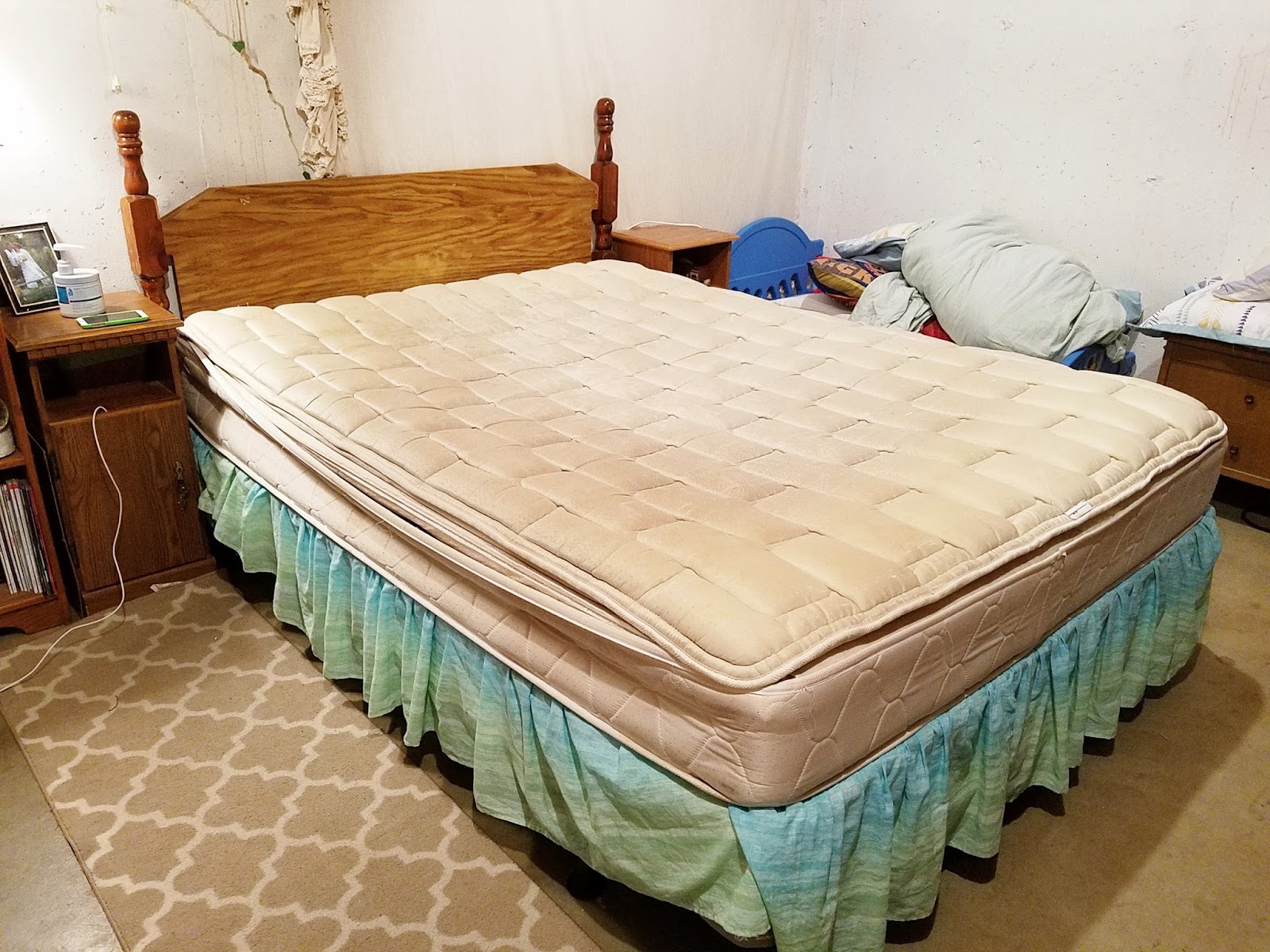Insulating a Cold Living Room Floor
Are you tired of walking on a cold floor every time you step into your living room? It's not uncommon for living room floors to feel chilly, especially during the winter months. But don't worry, there are plenty of solutions to help warm up your living room floor and make it more comfortable for you and your family. In this article, we'll discuss the top 10 ways to insulate a cold living room floor and keep your toes toasty all year round.
How to Warm Up a Cold Living Room Floor
The first step to fixing a cold living room floor is to identify the root cause. Is your floor made of a material that naturally retains cold temperatures, or is there a lack of insulation in your home? One of the best ways to warm up a cold living room floor is to add insulation. This can be done by installing extra layers of insulation in your floor, walls, and ceiling. You can also consider adding an area rug or carpet to act as an extra layer of insulation.
Best Flooring Options for a Cold Living Room
If you're in the process of renovating your living room, it's important to choose a flooring material that can help keep the space warm. Some of the best options for cold living room floors include carpet, cork, and hardwood. These materials have natural insulation properties and can help retain heat in your living room. Avoid materials like tile and concrete, as they tend to retain cold temperatures.
Tips for Dealing with a Cold Living Room Floor
If you don't have the budget to completely renovate your living room, there are still ways to deal with a cold floor. One simple solution is to use throw rugs or blankets to cover the areas of your floor that feel the coldest. You can also consider using a heated rug or floor mat to provide extra warmth. Another tip is to make sure your furniture is not blocking your heating vents, as this can prevent warm air from circulating properly.
How to Fix a Cold Living Room Floor
If your living room floor is consistently cold, it's important to address the issue as soon as possible. One way to fix a cold living room floor is to add insulation to your subfloor. This can be done by installing rigid foam insulation panels between the joists of your floor. You can also hire a professional to install spray foam insulation, which can be more effective in sealing any gaps or cracks where cold air may be coming in.
Keeping Your Living Room Floor Warm in the Winter
During the colder months, it's important to take extra steps to keep your living room floor warm. One way to do this is to close off any unused rooms to prevent cold air from circulating throughout your home. You can also use draft stoppers along the bottom of doors to prevent cold air from seeping in. Additionally, make sure to open your curtains during the day to let in natural sunlight, which can help warm up your living room floor.
Cold Living Room Floor Solutions
If you're looking for a quick and inexpensive solution to a cold living room floor, consider using a rug or carpet. Not only do they add an extra layer of insulation, but they also add a cozy and inviting touch to your living room. You can also try using thermal curtains, which are designed to block out cold drafts and retain heat. Another option is to use radiant floor heating, which involves installing pipes under your floor that circulate warm water to keep your floor warm.
Preventing a Cold Living Room Floor
The best way to deal with a cold living room floor is to prevent it from happening in the first place. This can be done by regularly maintaining your home's insulation and making sure there are no gaps or cracks where cold air can enter. You can also consider investing in energy-efficient windows and doors, which can help keep warm air in and cold air out. By taking these preventative measures, you can save yourself from dealing with a cold living room floor in the future.
How to Insulate a Cold Living Room Floor
If you're handy and want to tackle insulating your living room floor yourself, here's how to do it. First, remove the flooring to expose the subfloor. Then, install rigid foam insulation panels between the floor joists. Make sure to fill any gaps or cracks with spray foam insulation. Finally, re-install your flooring on top of the insulation. If you're not comfortable doing this yourself, it's best to hire a professional to ensure the job is done correctly.
Choosing the Right Rug for a Cold Living Room Floor
If you've decided to add a rug or carpet to your living room to help warm up your floor, it's important to choose the right one. For maximum insulation, opt for a thicker rug with a high pile. Wool and shag rugs are great options for cold living room floors, as they are naturally insulating and soft underfoot. You can also consider layering multiple rugs for added warmth and style.
In conclusion, a cold living room floor doesn't have to be a permanent issue. By using these tips and solutions, you can easily insulate your living room floor and make it a comfortable space for you and your family. Don't let the cold stop you from enjoying your living room, take action and transform it into a warm and inviting space.
The Importance of Choosing the Right Flooring for Your Living Room

How the Right Flooring Can Solve the Problem of a Cold Living Room Floor
 When designing a house, one of the most important aspects to consider is the flooring. Not only does it affect the overall look and feel of a room, but it also plays a crucial role in the comfort and functionality of a space. If you have ever experienced a cold living room floor, you know how uncomfortable and unpleasant it can be. But fear not, there are ways to solve this problem and create a warm and inviting living room.
Choosing the right flooring for your living room is key to creating a cozy and comfortable space.
The first step is to understand why your living room floor may be cold in the first place. One common reason is poor insulation. If your living room is located on the ground floor or above a garage, it is more prone to heat loss and can result in a chilly floor. Another reason could be the type of flooring you have. Certain materials, such as tile or hardwood, tend to feel colder than others, like carpet or vinyl.
To combat a cold living room floor, consider installing carpet or adding area rugs.
Not only do these options provide warmth underfoot, but they also add texture and coziness to a room. If you prefer hard flooring, consider adding a thick area rug to create a warm and inviting sitting area. Additionally, you can add carpet padding underneath your existing carpet for extra insulation.
Another solution is to
install radiant floor heating
, which is a popular choice for those looking for a more permanent and efficient solution. This system works by installing heating elements beneath the flooring, which then radiates heat upwards, keeping the floor warm. It can be installed under various flooring types and can be controlled by a thermostat for optimal temperature control.
In addition to choosing the right flooring, it is important to
ensure proper insulation in your living room
. This includes sealing any gaps or cracks in windows and doors, as well as insulating walls and ceilings. By preventing heat loss, you can keep your living room floor warm and improve the overall energy efficiency of your home.
In conclusion, a cold living room floor can be a frustrating issue, but it can be easily solved with the right flooring and proper insulation. By considering different flooring options, adding rugs, or installing radiant floor heating, you can create a warm and inviting living room that you and your guests can enjoy. Remember to also prioritize proper insulation to keep the heat in and the cold out.
With the right flooring and insulation, you can create a cozy and comfortable living room that is perfect for relaxing and entertaining.
When designing a house, one of the most important aspects to consider is the flooring. Not only does it affect the overall look and feel of a room, but it also plays a crucial role in the comfort and functionality of a space. If you have ever experienced a cold living room floor, you know how uncomfortable and unpleasant it can be. But fear not, there are ways to solve this problem and create a warm and inviting living room.
Choosing the right flooring for your living room is key to creating a cozy and comfortable space.
The first step is to understand why your living room floor may be cold in the first place. One common reason is poor insulation. If your living room is located on the ground floor or above a garage, it is more prone to heat loss and can result in a chilly floor. Another reason could be the type of flooring you have. Certain materials, such as tile or hardwood, tend to feel colder than others, like carpet or vinyl.
To combat a cold living room floor, consider installing carpet or adding area rugs.
Not only do these options provide warmth underfoot, but they also add texture and coziness to a room. If you prefer hard flooring, consider adding a thick area rug to create a warm and inviting sitting area. Additionally, you can add carpet padding underneath your existing carpet for extra insulation.
Another solution is to
install radiant floor heating
, which is a popular choice for those looking for a more permanent and efficient solution. This system works by installing heating elements beneath the flooring, which then radiates heat upwards, keeping the floor warm. It can be installed under various flooring types and can be controlled by a thermostat for optimal temperature control.
In addition to choosing the right flooring, it is important to
ensure proper insulation in your living room
. This includes sealing any gaps or cracks in windows and doors, as well as insulating walls and ceilings. By preventing heat loss, you can keep your living room floor warm and improve the overall energy efficiency of your home.
In conclusion, a cold living room floor can be a frustrating issue, but it can be easily solved with the right flooring and proper insulation. By considering different flooring options, adding rugs, or installing radiant floor heating, you can create a warm and inviting living room that you and your guests can enjoy. Remember to also prioritize proper insulation to keep the heat in and the cold out.
With the right flooring and insulation, you can create a cozy and comfortable living room that is perfect for relaxing and entertaining.


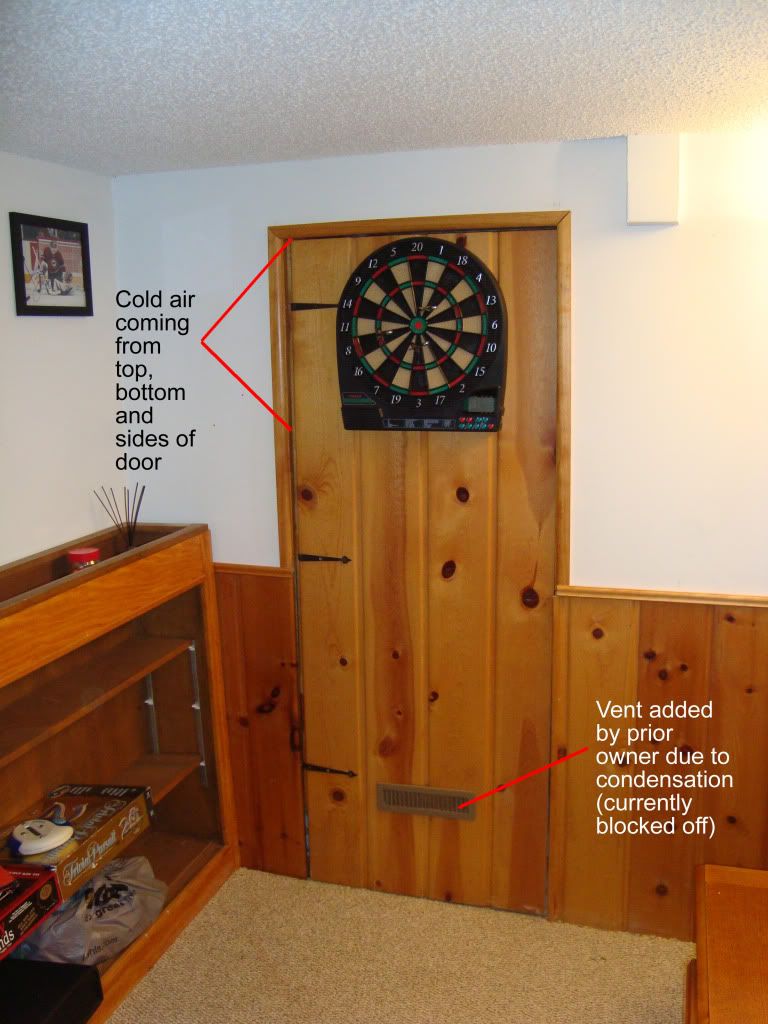


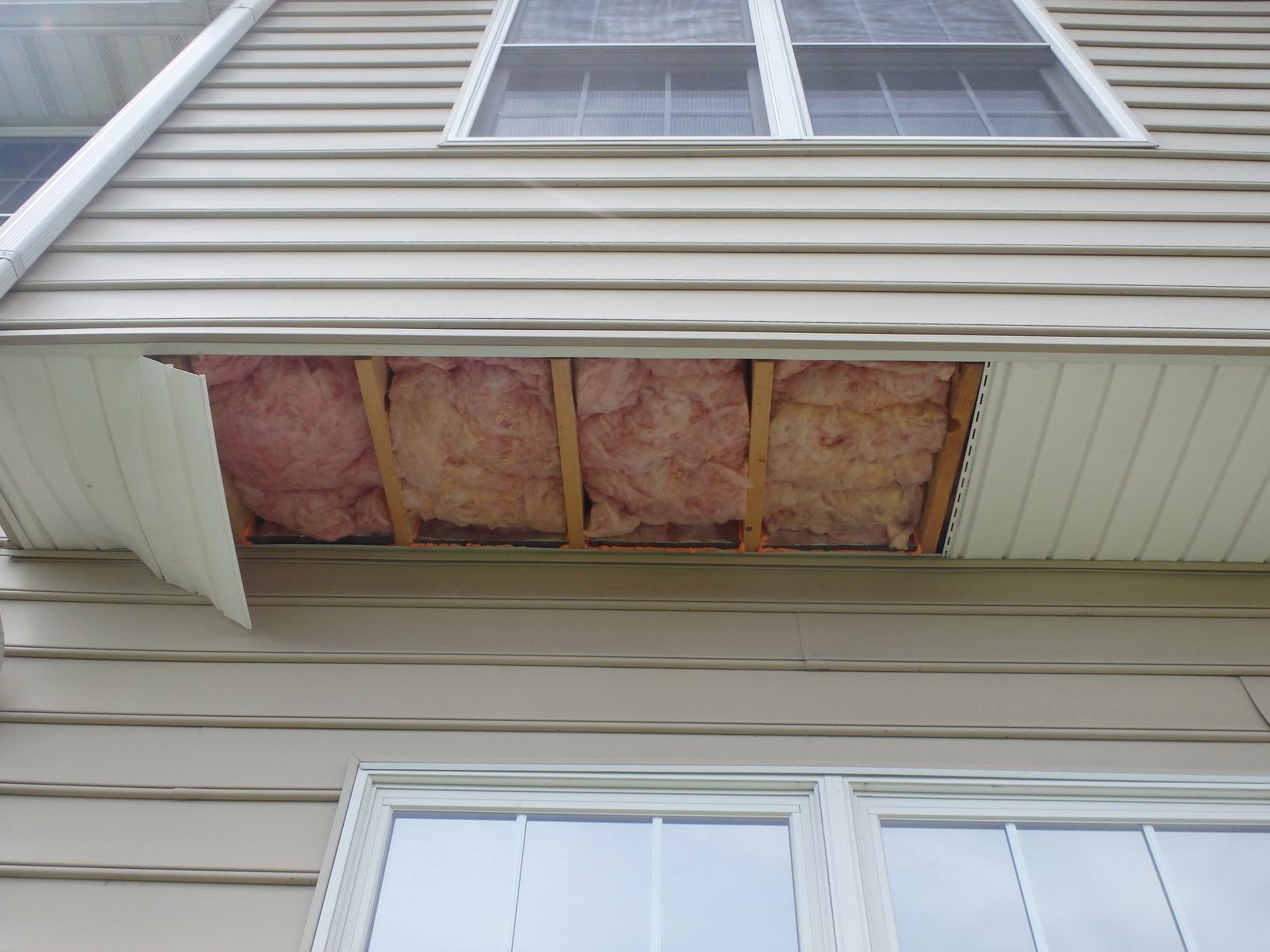



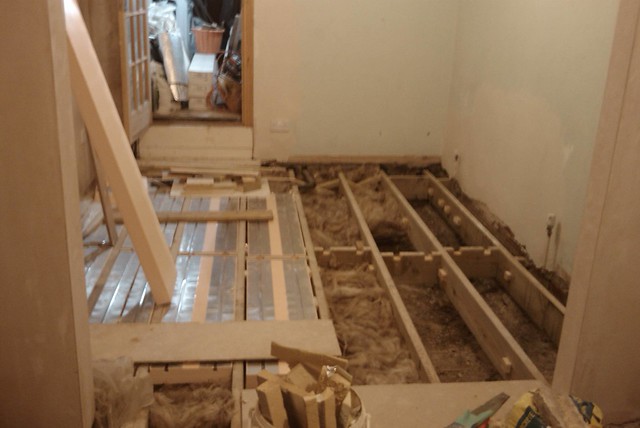
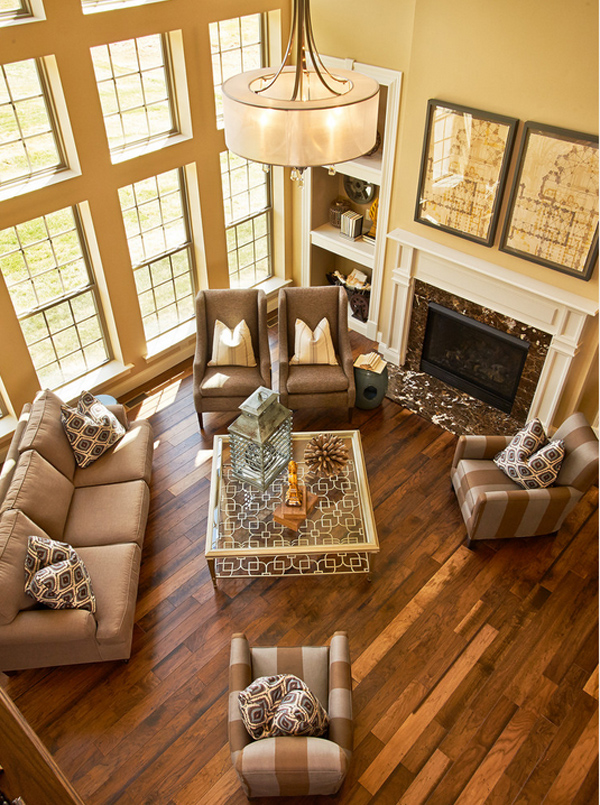


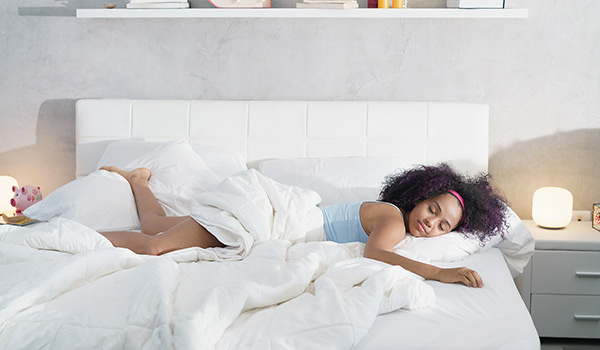







:max_bytes(150000):strip_icc()/Warm-and-cozy-living-room-Amy-Youngblood-589f82173df78c47587b80b6.png)

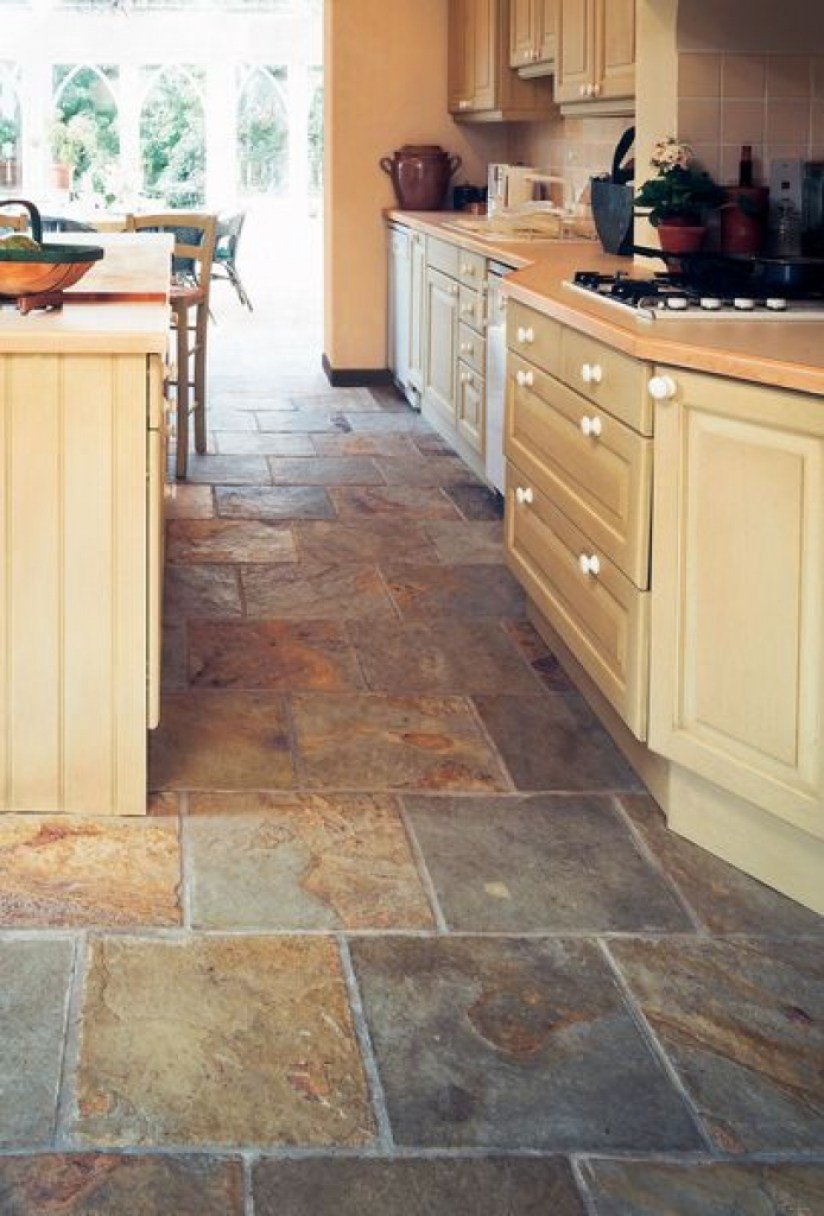

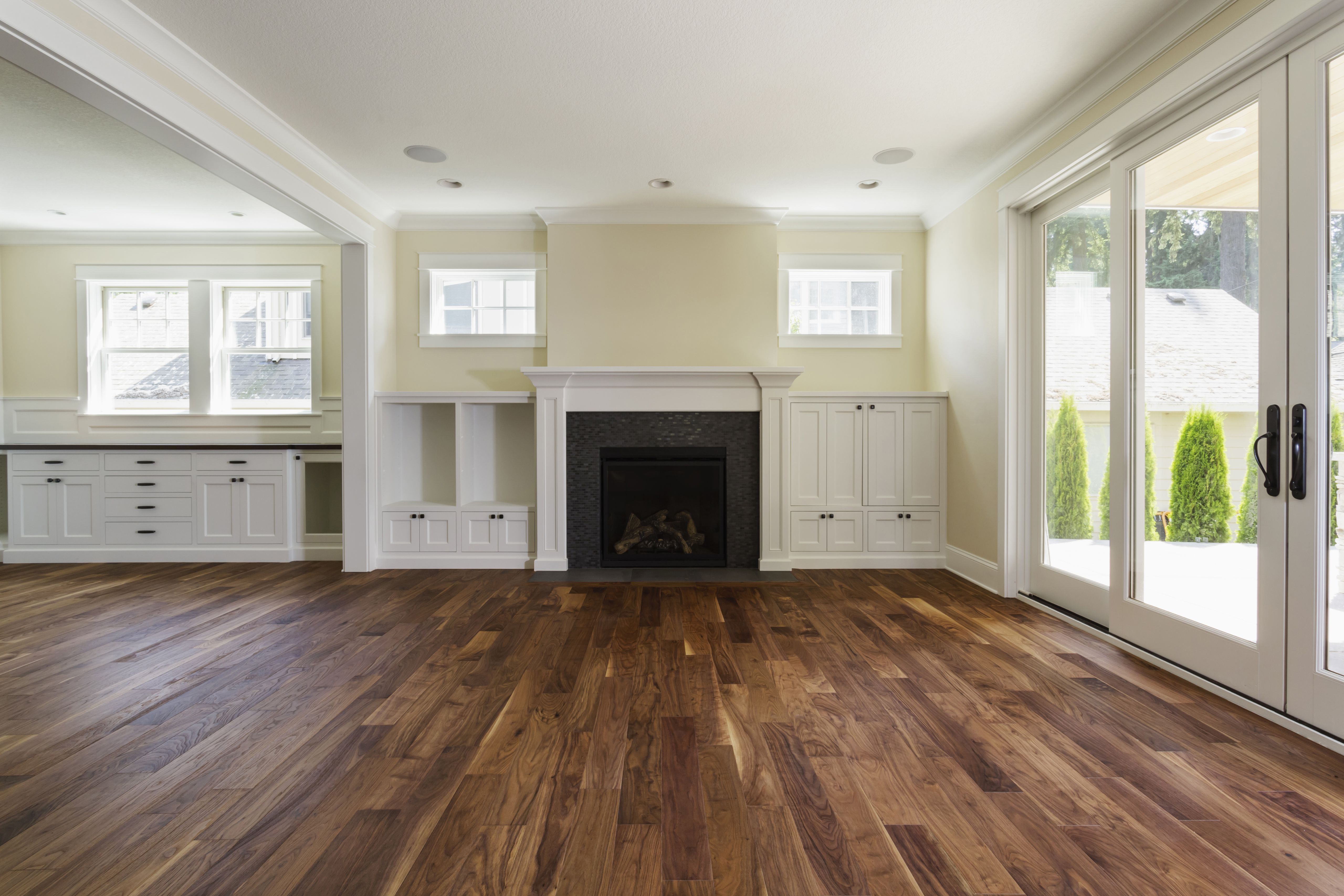

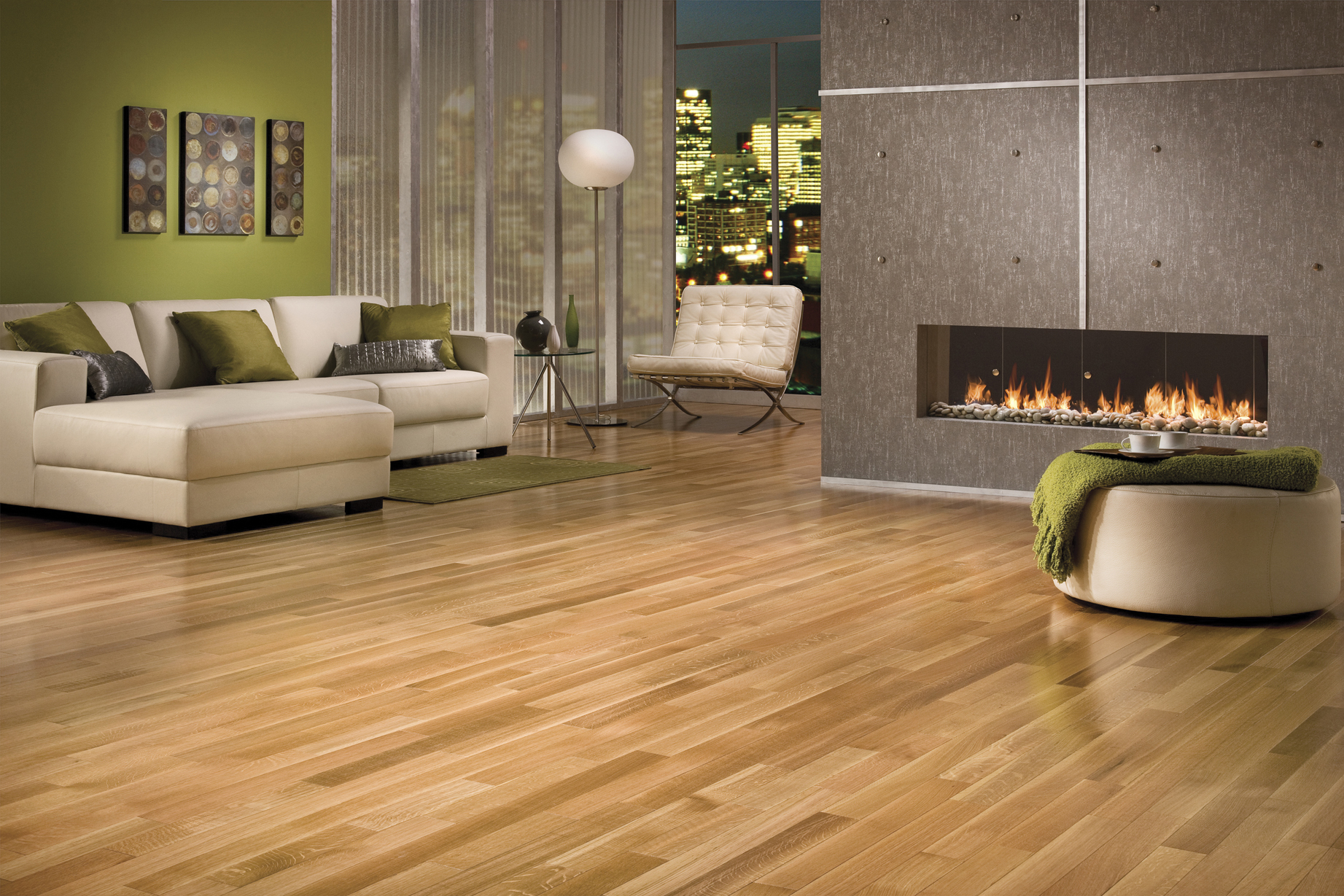
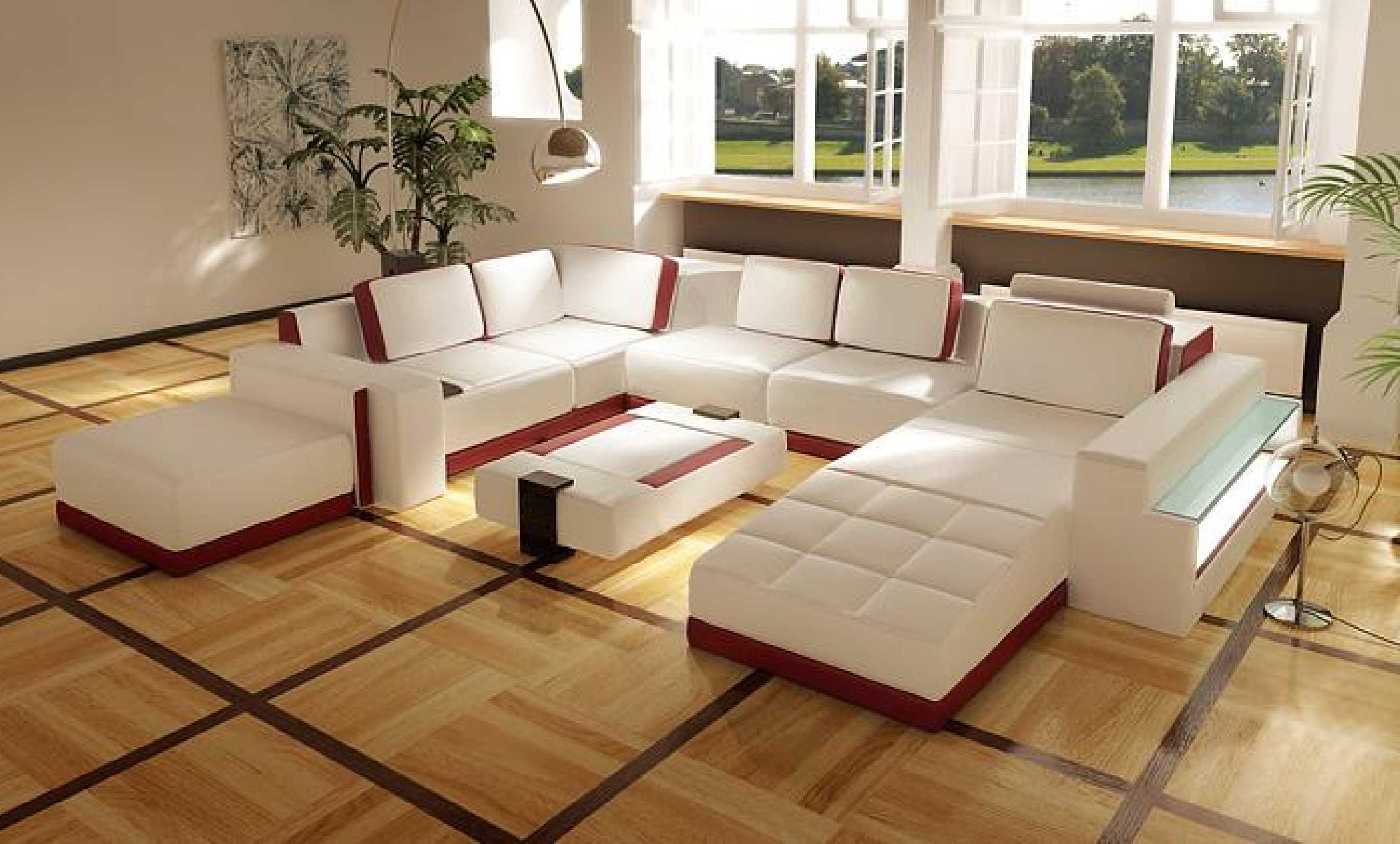
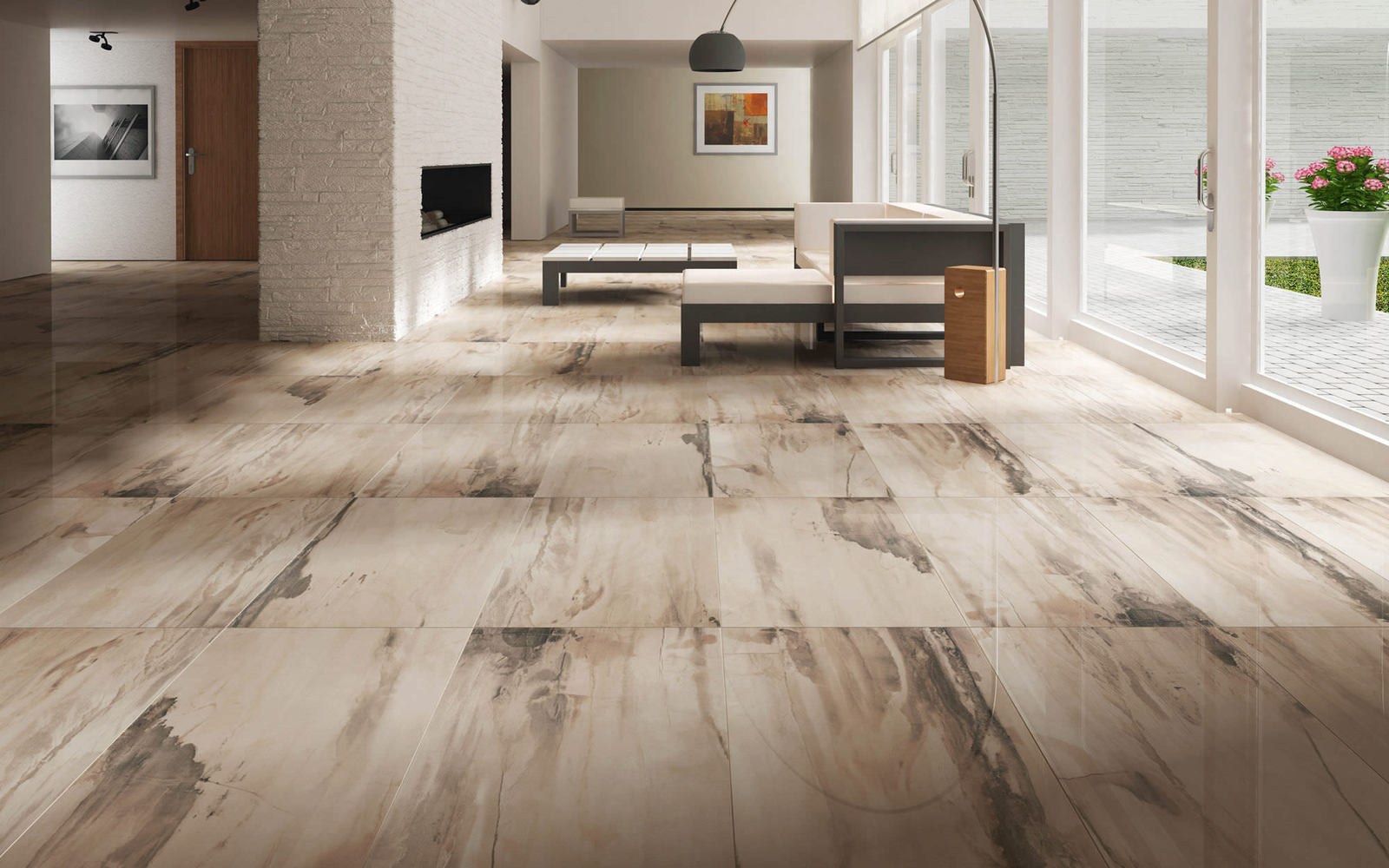
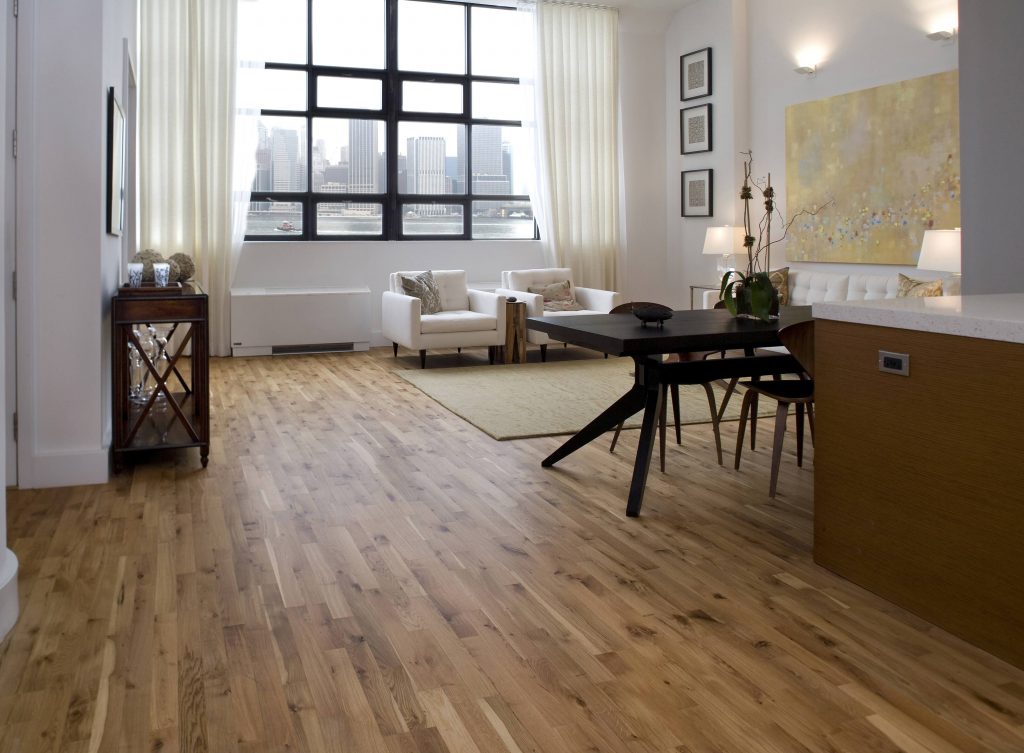
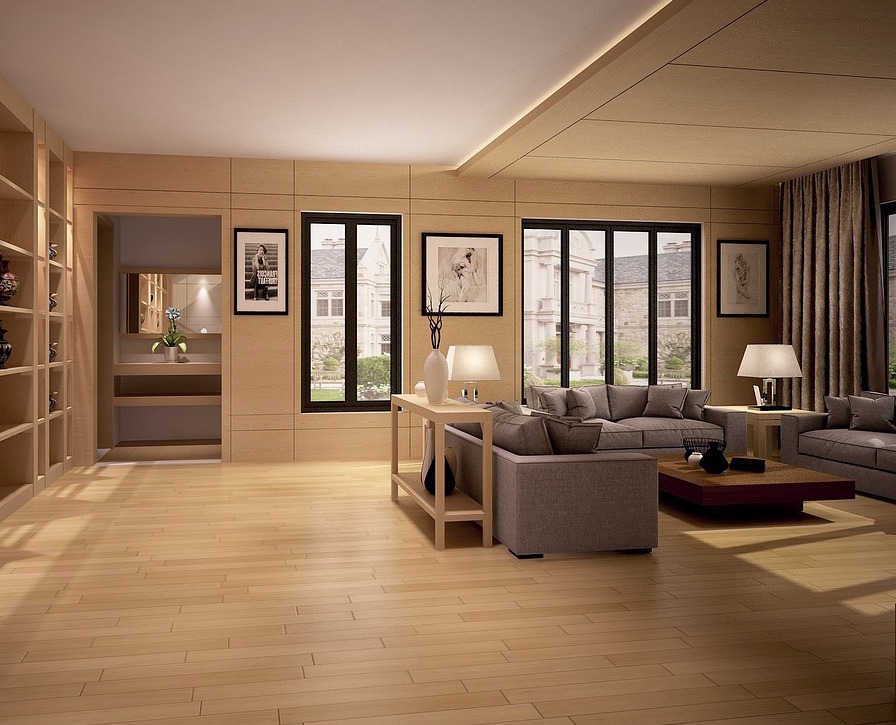




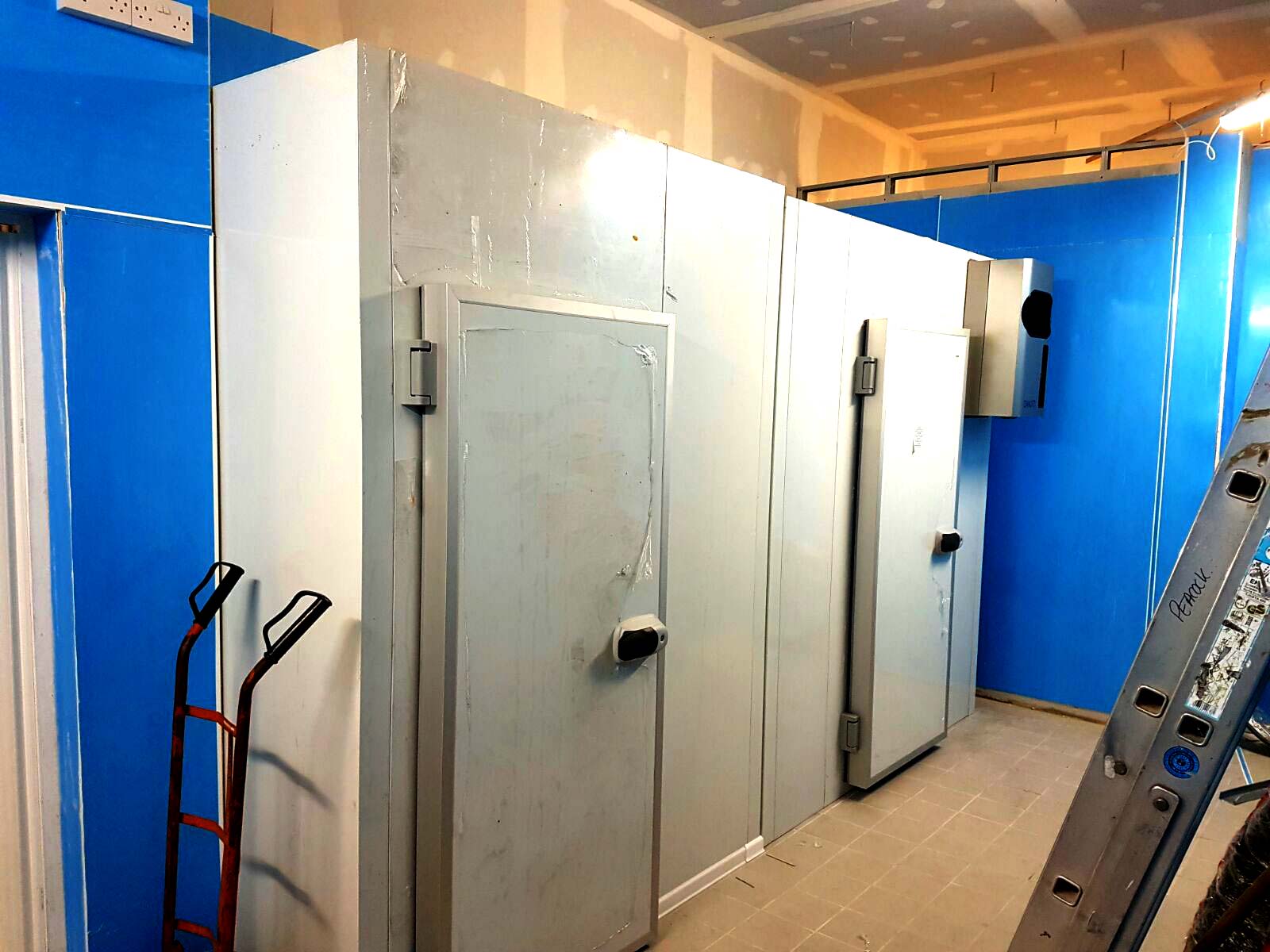

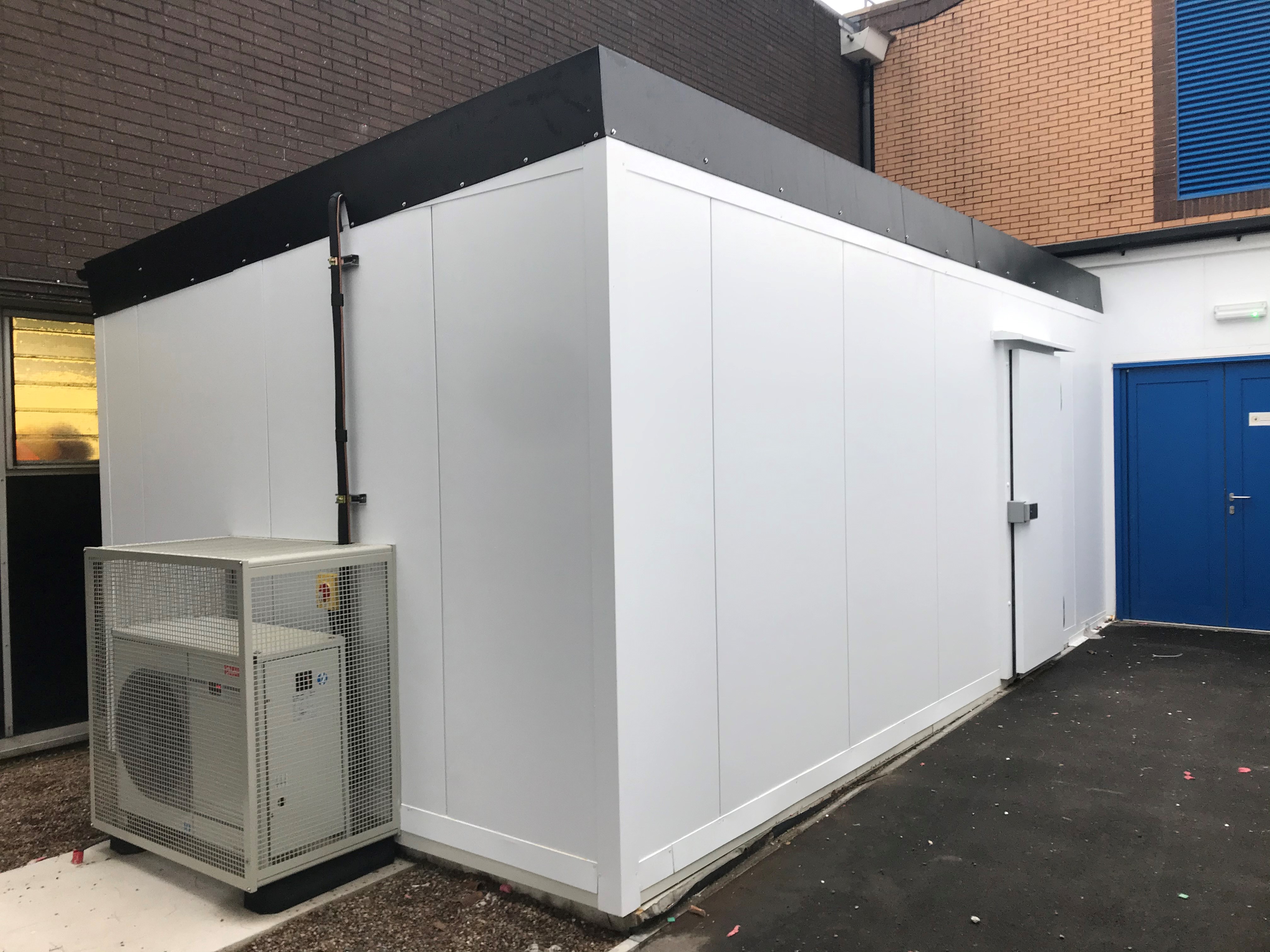
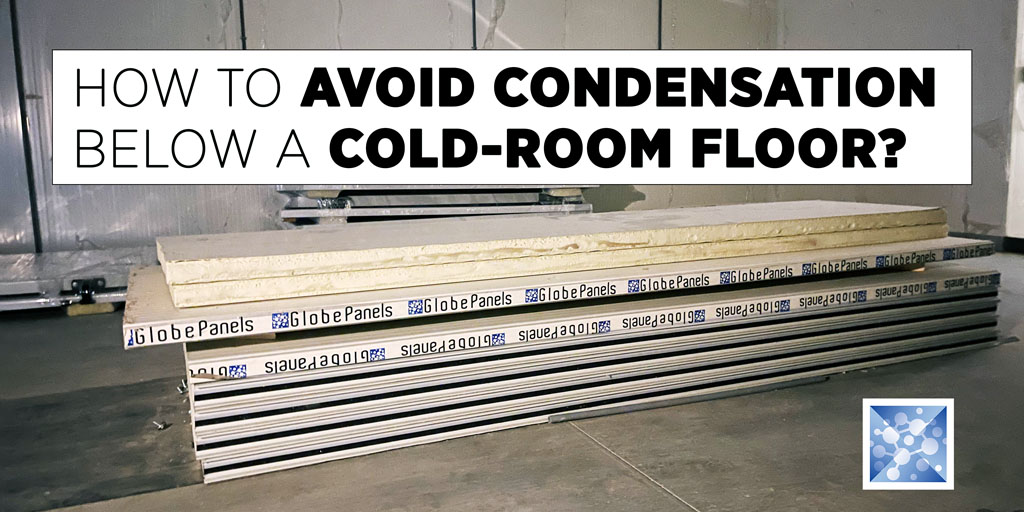
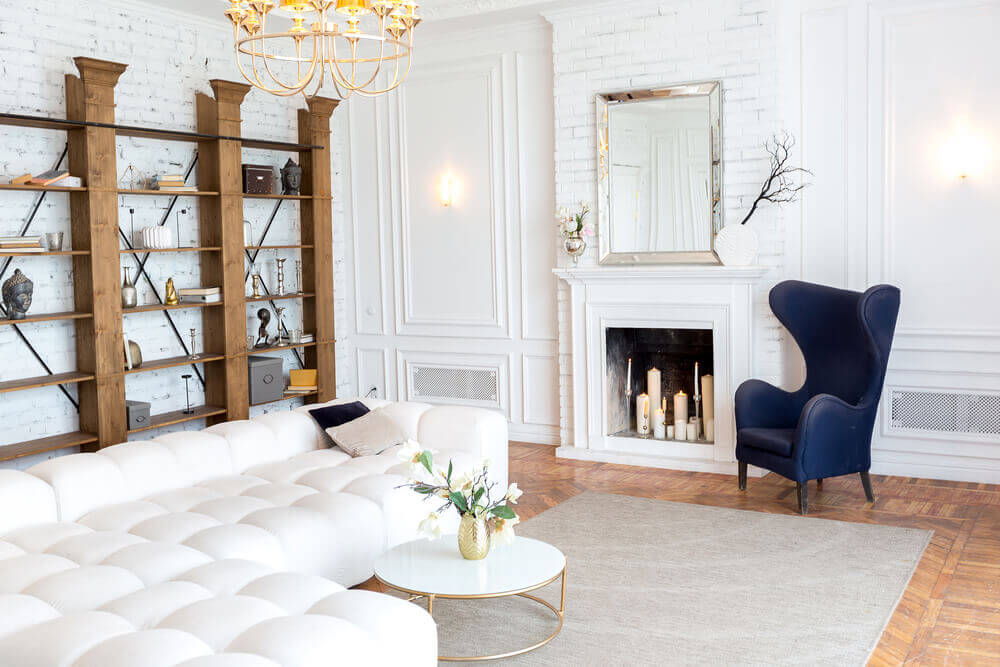







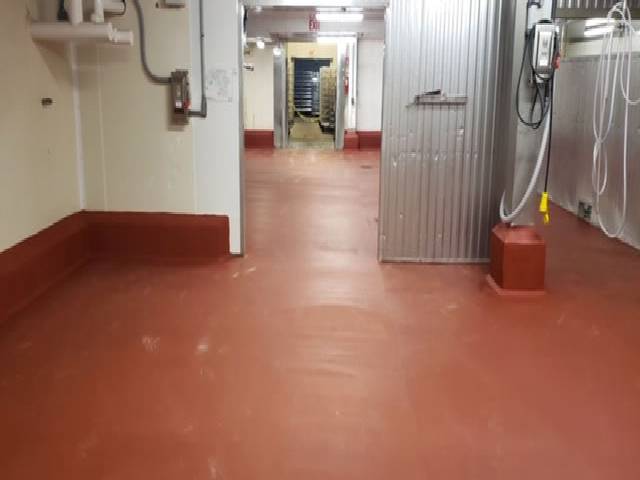
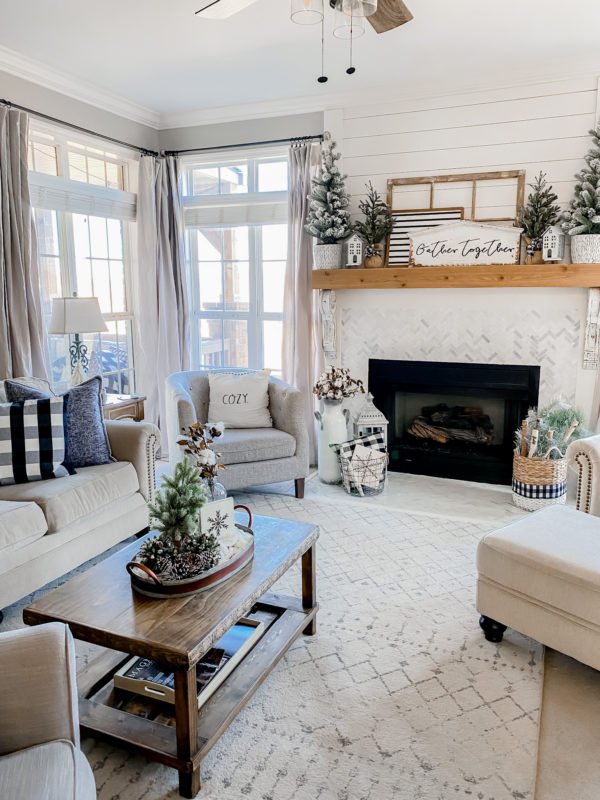



/warm-floors-for-your-home-1314942-hero-9493f92b75b1493093497eaa41e77e8d.jpg)

